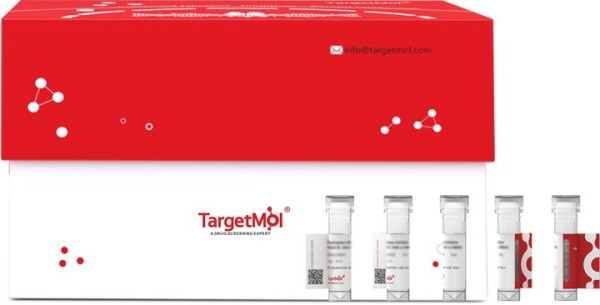Bei Fragen nutzen Sie gerne unser Kontaktformular.
Bestellen Sie auch per E-Mail: info@biomol.com
Größere Menge gewünscht? Bulk-Anfrage
Bestellen Sie auch per E-Mail: info@biomol.com
Größere Menge gewünscht? Bulk-Anfrage
Zuletzt angesehen

| Schlagworte: | Arg1, Arginase-1, Liver-type arginase, Type I arginase |
| Hersteller: | TargetMol |
| Hersteller-Nr: | TMPH-02524 |
Eigenschaften
| Konjugat: | No |
| MW: | 36.8 kD |
Datenbank Information
| KEGG ID : | K01476 | Passende Produkte |
| UniProt ID : | Q61176 | Passende Produkte |
| Gene ID : | GeneID 11846 | Passende Produkte |
Handhabung & Sicherheit
| Lagerung: | -20°C |
| Versand: | +4°C (International: +4°C) |
